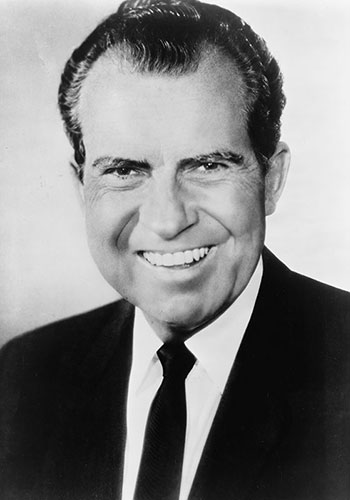Create Your Own Story
In this final activity, you will have the opportunity to create your own front-page news story on a modern-day example of investigative journalism. Conduct some outside research using investigative news sites like ProPublica, Reveal from the Center for Investigative Reporting, and Frontline, or newspapers that have investigative news departments.
Choose a topic in which investigative journalism helped to further transparency on the issue, and write a short article about it. You may want to think about a major event that happened recently that caught the public’s attention and included evidence that involved some type of investigation or digging into the event.
Directions:
- Answer the following question in your piece: How did investigative techniques used by the journalist strengthen the story?
- Choose one of the drawings in the carousel made at the time of Watergate and link it back to your piece in some way—be creative!
- Research two or three articles on your topic using reliable news sources that you have used in class or your teacher recommends.
As you write your article, keep the following in mind:
- Length: 2–3 paragraphs.
- Include basic facts (who, what, where, when, why, how).
- Decide which news format you would like to use, newspaper or website.
- Give your article a title and add a headline (a good headline catches the reader’s attention in some way).





